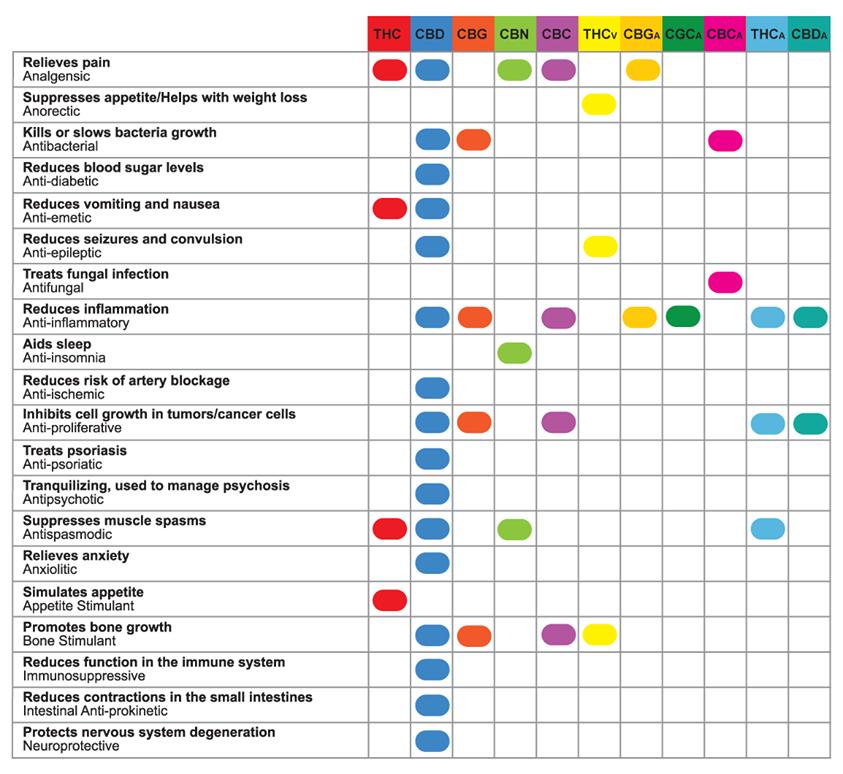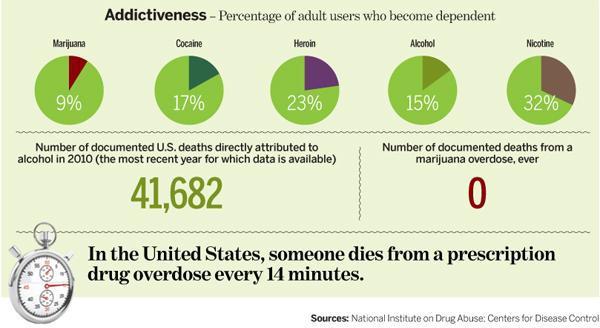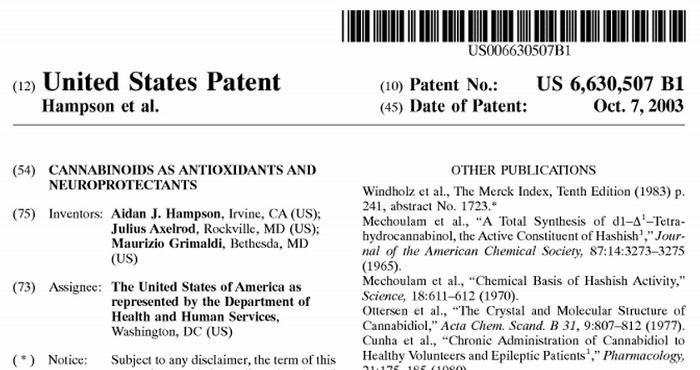Log In To Your Account
Log In With Facebook
Cannabis is known by many names; ganja, weed, dope, grass. The oldest human artifact known to man is an ancient hemp sandal and some of the oldest known medicine was made from marijuana. The fibers of the cannabis plant were used in the oldest civilizations like Rome, Assyria, Egypt and China. Whatever the name or society, marijuana has been used to heal people for as long as there have been people.
The earliest record of medical marijuana use was in 2900 BC by Chinese Emperor Fu. His and a majority of his citizens used this herb for medicinal purposes. Over the centuries, marijuana was used medicinally all over the world; from Egypt, Greece, Rome, China and more. Even the bible references the medical power of cannabis.
The word Christ means 'the anointed one' and scholars believe that Christ was anointed with chrism, a cannabis-based oil. The ancient recipe for this oil recorded in Exodus (30:22-23), included over 9lb of cannabis flower which was known as kaneh-bosem in Hebrew. The Hebrews then extracted the cannabis into about 11 pints of olive oil. This cannabis concoction was then mixed with a variety of other herbs and spices. The mixture was used in anointing and rituals that allowed the priests and prophets to commune with the divine.
Medical cannabis is not relegated to the ancient past though. Marijuana has been a healing herb throughout history. In 1621, medical marijuana made its way into the English Mental Health Book, a popular medicinal textbook from the era that recommends marijuana to treat depression. Medical cannabis treatments were a staple of a doctors curriculum up through the industrial revolution.

At the end of the 1920 and early 1930s, America had laws on the books that supported medical marijuana in all 48 states. But in 1936 things changed. International pressure was being placed on the U.S. to sign the International Treaty on Controlled Substances. While not directly listing cannabis as a controlled substance, participation in this treaty bound all countries undersigned to adopt similar drug policies. Propagandists would later use the treaty to get cannabis use banned across the world.
A very popular anti-marijuana campaign swept the nation, funded by the government and directed by the talented propagandist Larry Anslinger. “Reefer Madness” was a tale about marijuana ruining people’s lives through sex, insanity, and other horrific acts of violence. Although Reefer Madness was a work of pure fiction, it was regurgitated to a whole generation as fact which laid the groundwork for later criminalization.
Larry Anslinger was such a potent propagandist that he was able to convince the world population and legislators to outright ban cannabis use, cultivation and distribution. After spreading a panic with his Reefer Madness propaganda, Anslinger helped convince the U.S. to pass the Marijuana Tax Act of 1937. On the day the Marijuana Tax Stamp Act was enacted (Oct. 2, 1937) the FBI and Denver, Colorado police raided the Lexington Hotel. They arrested Samuel R. Caldwell. A 58 year-old unemployed laborer. On Oct. 5, Caldwell became the first marijuana seller convicted under U.S. federal law. Caldwell would not be the last.
In 1942, cannabis lost the last vestiges of medical legitimacy in the U.S. because it was removed from the US Pharmacopeia. The pharmacopeia is the official guide for the government on what substances are considered medicine. Only ingredients in the book are allowed to be used or sold by a pharmacist or drug company.
Over the next decades, criminalization of cannabis continued. As more and more regulations were heaped on medical practitioners to be able to prescribe cannabis. Many were dissuaded from prescribing cannabis after this because there were many pharmaceutical options easier to obtain. Legal penalties also increased with the Boggs Act of 1951 establishing minimum prison sentences for simple possession.
Thanks in great part to Anslinger's work, cannabis was classified as a schedule 1 controlled substance in 1970 which means that cannabis has no medical benefit. The controlled Substances Act of 1970 Classified Marijuana as a Drug with "No Accepted Medical Use". After the passing of the Substances Act, medical practitioners were barred from prescribing cannabis for any medication.
In 1971, a commission called the Shafer Commission was created to determine the merit of criminalizing cannabis. The Shafer Commission was a bi-partisan commission overseen by congress and ordered by the president himself to determine "if the personal use of marijuana should be criminalized." The commission came back with an answer Nixon didn't like.
In 1971 president Nixon chose to scale up aggressive action against cannabis consumers by declaring the War on Drugs. Motivated by corrupt motives, he saw marijuana as a way to get at his political opponents. He even admitted at the time that his reasons for attacking cannabis users and increasing penalties was motivated by personal directives, not empirical evidence. Nixon increased criminalization this despite the very commission he put together telling him officially and unequivocally that marijuana use should not be criminalized.
The Department of Drug Enforcement (DEA) was established in 1973 by merging the Bureau of Narcotics and Dangerous Drugs (BNND) and the Office of Drug Abuse Law Enforcement (ODALE) into a single agency. The DEA continues to aggressively pursue cannabis consumers, producers and distributors to this day. Even in the face of the DEA attacking with every tool at their disposal regardless of legality or constitutionality, brave people have resisted the criminalization of medicinal marijuana.
In 1976 Robert Randall who was afflicted by glaucoma, employed the little-used Common Law Doctrine of Necessity (US v. Randall). He used this little known law to defend himself against criminal charges of marijuana cultivation. In 1976, federal Judge James Washington changed the game with his ruling. Judge Washington ruled that Randall's use of marijuana constituted a 'medical necessity'.
The first positive milestone for cannabis crusaders came in the winter of 1991. The first medical marijuana initiative was Proposition P in San Francisco. It passed with an overwhelming 79% of the vote in November of 1991. Proposition P called on the State of California and the California Medical Association to 'restore hemp medical preparations to the list of available medicines in California,' and to stop penalizing physicians for 'prescribing hemp preparations for medical purposes'.

Voters in California passed the first state medical marijuana initiative on November 5, 1996. Known as Proposition 215, it permited patients and their primary caregivers to possess and cultivate marijuana for the treatment of AIDS, cancer, muscle spasms, migraines, and several other disorders. it also protected doctors from punishment if they recommended marijuana to their patients.
In September of 1998, the House of Representatives debated a resolution called H.J.Res. 117. They passed H. R 117 at the same time Oregon, Washington and Alaska provided their medical marijuana programs. In H.R. 117, Congress declared their support the existing federal drug approval process for determining whether any drug, including marijuana, is safe and effective. They decide not to reschedule marijuana despite the overwhelming evidence coming forth that doctors believed it should be decriminalized.
While cannabis is classified as having no medical benefit, the U.S. government (specifically the United States Department of Health and Human Services) currently holds a patent on medical cannabis. Patent No. 6630507 covers the use of cannabinoids for treating a wide range of diseases. They submitted the paperwork to the patent office in 1999 and the Department of Health and Human Services was awarded the patent in 2003.

In 2002, the only study conducted by the FDA's IND Program decided to use cannabis "shipped to patients in labeled metal canisters containing 300 cigarettes." The material was frequently two or more years old upon receipt by patients and a close inspection of the contents of NIDA-supplied cannabis cigarettes revealed them to be a crude mixture of leaf with abundant stem and seed elements.
The study concluded that "cannabis smoking, even of a crude, low-grade product, provides effective symptomatic relief of pain, muscle spasms, and intraocular pressure elevations..." and that "clinical cannabis patients are able to reduce or eliminate other prescription medicines and their accompanying side effects." The FDA report was not well received by those in power and cannabis remained a schedule 1 controlled substance.
In August of 2011, the Israeli Cabinet approved arrangements to supply cannabis for medical and research uses. This change was in recognition of the fact that doctors believe medical use of cannabis is necessary in certain cases. The Health Ministry of Israel in coordination with the Israel Police and the Israel Anti-Drug Authority, oversee the operation and are responsible for everything from imports to local cultivation. This was a big international change that came during a time of decreased marijuana regulation and a resurgence of support by the international medical community.
The DEA has still not reclassified cannabis. It remains a holistic herb used throughout time as a medicine that current U.S. legislators are venomously opposed to. While international progress has been made with the UK rescheduling cannabis to Class B and the Netherlands also making great strides in medicinal marijuana research, the U.S. is still struggling to come out of the dark ages and use scientific reasoning to make sensible and fact based decisions. Only time will tell how history will remember this chapter.
Check out our newest page on the history of medical marijuana. You will find all kinds of information about the history of medical marijuana and how it got to where it is today. We go from ancient times all the way up and into the legalizati... Read More »
Posted: October 26th 2016 | Author: Adam Rhodes